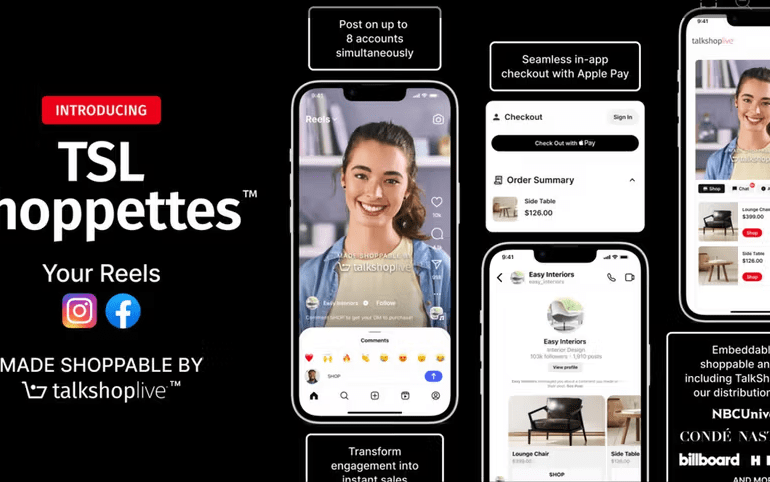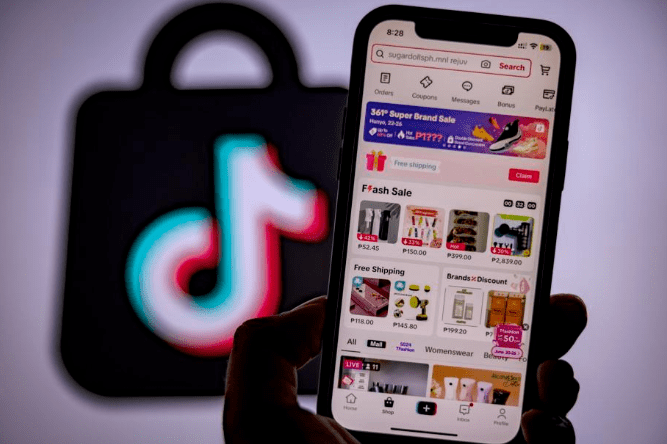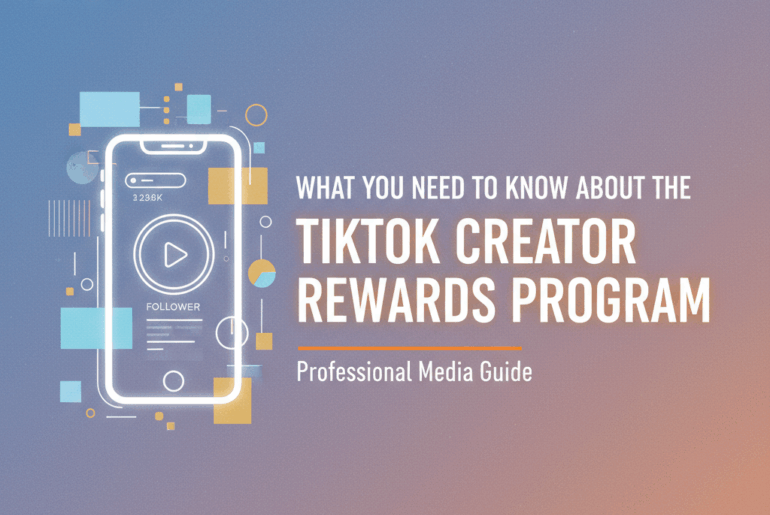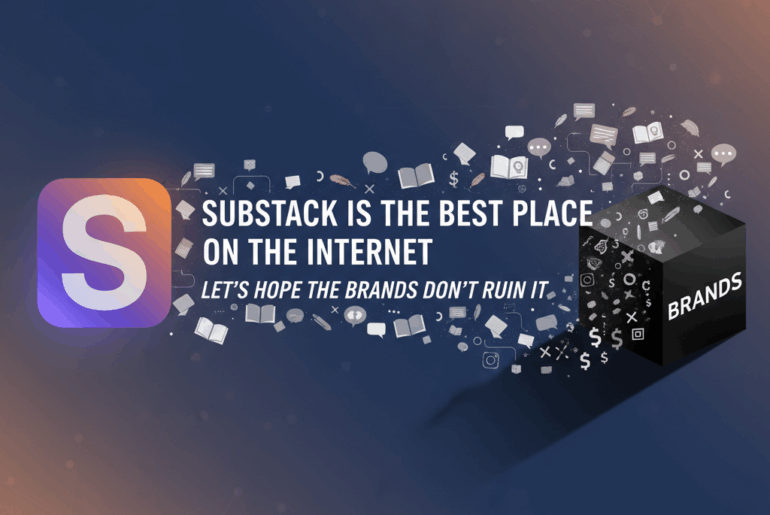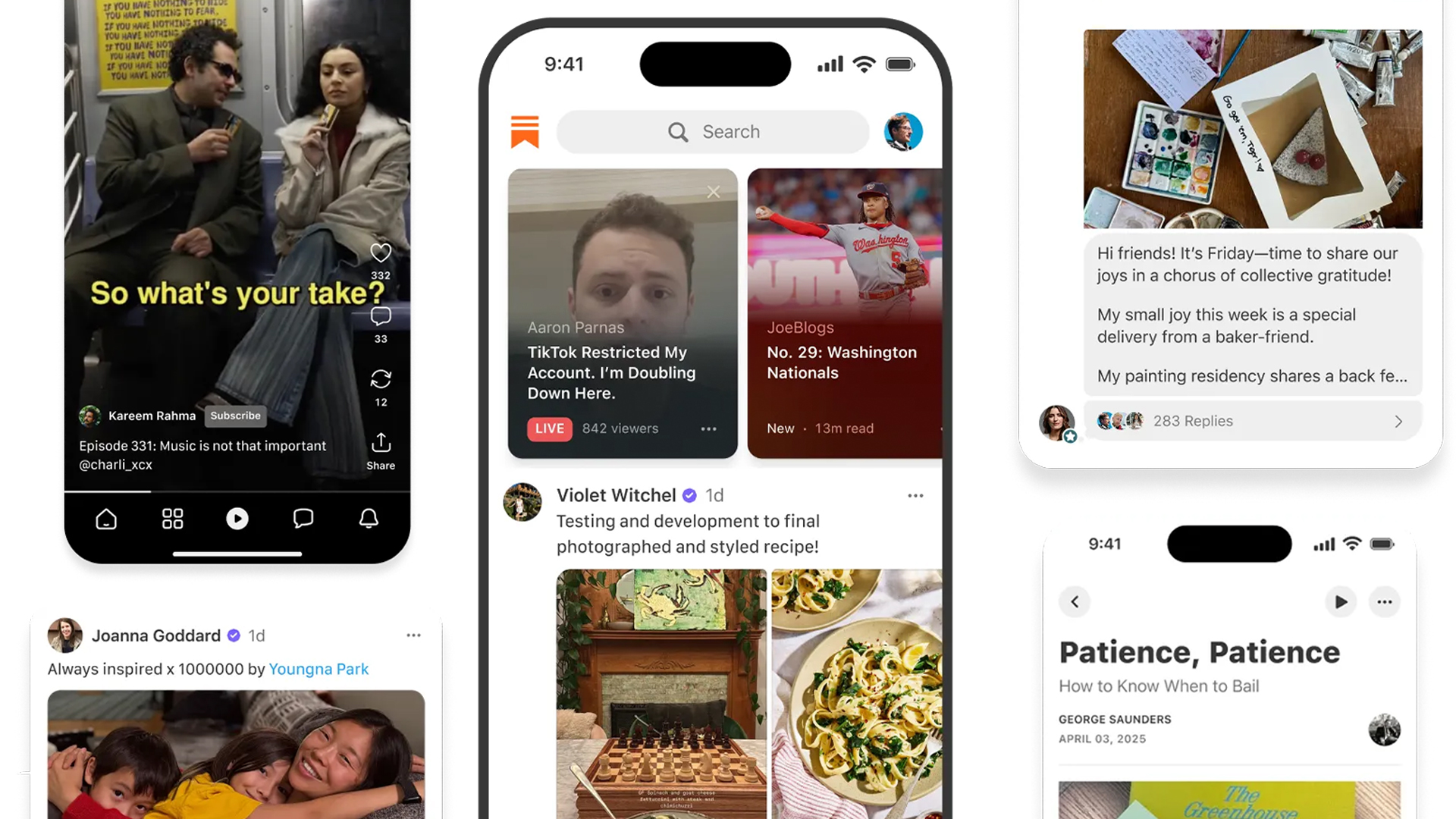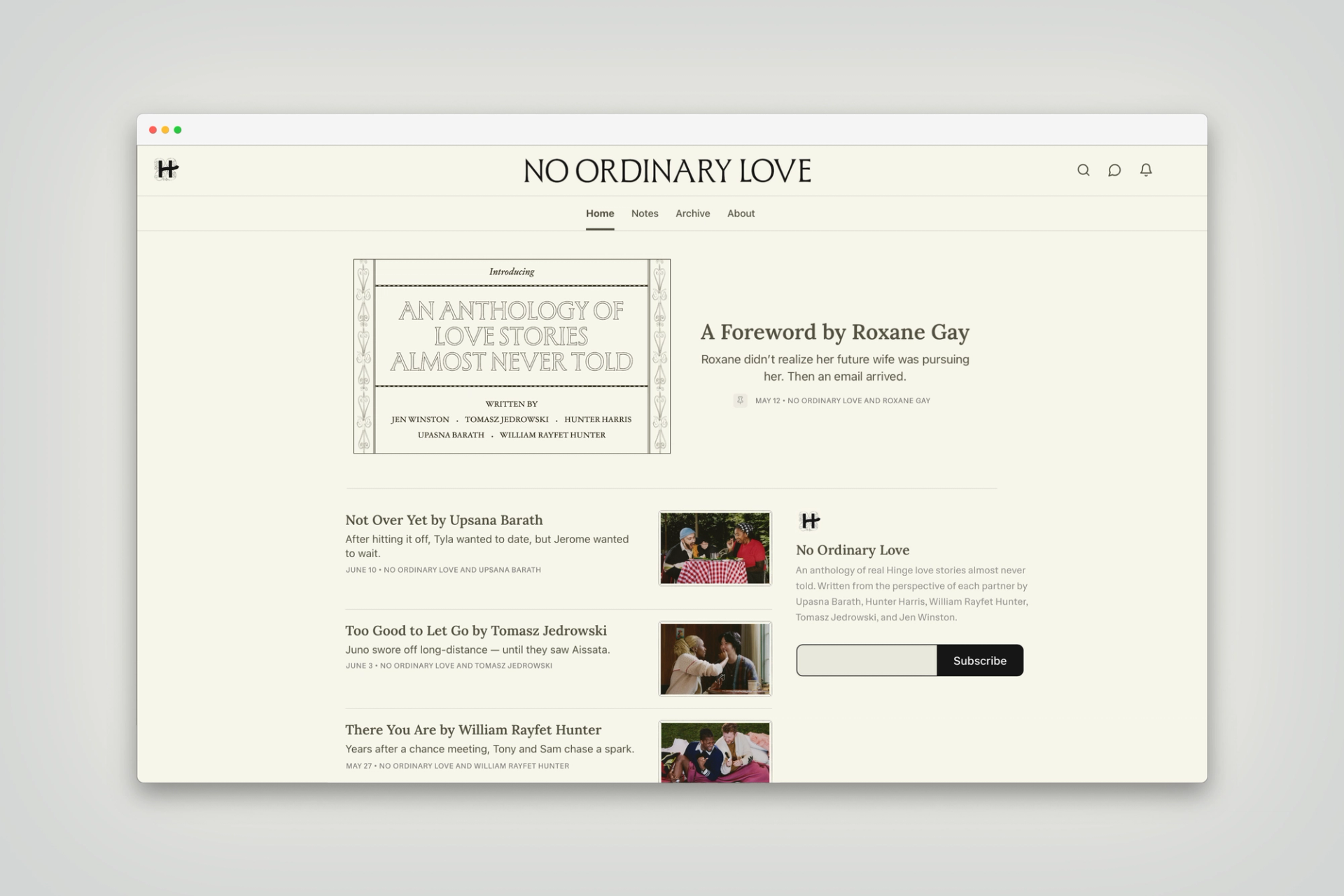Sourced from The Drum
A massive disconnect exists between media spends and media consumption. The disconnect between ad spend and consumption reality has multiple causes:
1. Outdated media mix models offered by major consulting houses weight older media forms like broadcast and cable more than new forms of media or ignore them completely.
2. Media fragmentation has muddied the marketplace with hundreds of new channels.
3. New media forms don’t have or haven’t built platforms allowing advertising at scale.
4. Bureaucracy. Large marketing organizations are slow movers, despite audiences moving elsewhere.
5. Change is hard. Lazy marketers stick to what has worked in the past, ignoring audience shifts.
The cure to mismatched advertising remains simple: follow your audience. In the spirit of smarter marketing, we compiled statistics from eMarketer, Warc, and Statista to create a guide for modern media consumption. Four simple pie charts detail each generations media consumption.
Our goal – to encourage marketers to think critically on closing the gap between their marketing spends and viewership realities.
Gen Z: Occupy the social, video game and streaming space
Gen Z, people aged 12-25, are the socially conscious, woke, TikTok dancers that advertisers can’t talk enough about. This group can be boiled down to four channels: social, streaming TV, streaming music, and video games. That’s where 90% of your budget should go to reach ad land’s most desirable, youngest, and impressionable demographic. For young women, skew to streaming TV; for young men, invest more in video games. Social should be prioritized for each.
Consider cutting your entire traditional TV buy for this audience. Yes, I just said that. eMarketer and Warc put Gen Z TV consumption at less than an hour a day, the lowest of any group. We still think an hour is an overestimate from antiquated survey methods that don’t accurately reflect or reach this audience.
Gen Z should be reached through digital channels. Strategies that heavy up on social, video games, and streaming platforms (Hulu, YouTube, Twitch), will win here. Don’t over-complicate it and stop buying broadcast TV.
Millennials: Straddle old and new media as the OG digital disruptors
Millennials, consumers aged 26-44, embody digital disruption, inheriting their name from the millennia transition and Y2K. With the most dispersed media habits on our list, millennials epitomize the move to digital with the adoption of the internet, iPhone, and social. This shift has caused them to share media habits from both older and younger generations. I sit square in the middle at 31, having enjoyed the razor flip phone, iPod, and AOL instant messenger.
This is the generation that embodied digital disruption, where analogue, cable, and broadcast were challenged by digital media. The dispersed viewing habits require advertisers to spread media spends across a wide variety of platforms.
Although advertisers have dumped us as they chase younger consumers, this demographic offers the biggest upside in buying power for brands. In our prime working years, this generation is having kids, buying houses, getting a car, or going through their midlife crisis.
We are also the first generation to stream more TV. We invented and adopted streaming audio. We love podcasts with the highest consumption of any generation. We also make up the majority of the workforce now. Ignore us with caution.
Gen X: Dispersed media while holding on to traditional TV
Gen X, people aged 45-60, also known as the forgotten generation, grew up in 80s pastels, pioneered cable, and watched a lot of MTV. This is your aunt on your Facebook, commenting about how she saw Madonna at Studio54 that one time.
Gen X share distributed media consumption with the millennial audience, albeit skewing toward older media forms like traditional TV. Curiously, Gen X also consumes the least amount of media at roughly eight hours. This generation is most likely to still have their pay TV bundles as well as new streaming TV subscriptions.
Gen X is busy. They are the most likely to be parents (of Gen Alpha) and occupy senior work positions. Although the least covered in advertising trades, they have the highest disposal income of any generation, according to the World Economic Forum.
Gen X sits in its highest earning years before the retirement. Brands, especially housing, luxury, finance, and healthcare, would do well to remember Gen X. Advertisers should lean into traditional TV while spreading their spend into diverse media to reach this big spending consumer.
Boomers: Stick with traditional TV buys while dabbling in streaming and social
Boomers, consumers 60+, grew up the 50s and 60s and now have their feet up kicked up as they enter retirement. Boomers are the parents of the millennial generation and the most likely to lie about their drug use in college.
Boomers love traditional TV. This is your dad who sends you clips from FOX News, CNN or MSNBC on how the country is going to hell. Boomers are the most likely to have pay TV packages, watching roughly 4.5 hours each day, almost 50% of their total media consumption.
When they are not parked in front of the TV, Boomers dabble in social media and streaming TV. All advertising that seeks to reach this audience should have TV buys baked in. The original TV generation are still the OG couch potatoes. They will have the cable plugged in for the foreseeable future, but will slowly adopt new media to connect to post awkward comments to their kids and grandkids.
Parting thoughts on marketing across generations
The guide’s media breakouts should provide a blueprint for planning marketing campaigns around shifting media habits between generations. Keep in mind:
1. Tech adoption happens bottom up, from the youngest to oldest, necessitating new strategies to meet the younger generations where they are.
2. As new generations mature into adulthood, their media habits crystalize while their buying power increases. Don’t forget about the wisest and biggest wallets in favour of chasing youth.
3. No media really dies. Headlines like these are clickbait. The pie just shifts. Your marketing budget should reflect those consumer shifts.
The three takeaways will help you close the gap between budget allocation and consumer realities. The audience is what matters, no matter the medium.
Wes Morton is the founder and CEO of Creativ Strategies. A native Texan, his 10-year career has spanned three advertising agencies through New York and Los Angeles, managing multi-million-dollar campaigns for Sour Patch Kids, Swedish Fish, OREO, British Airways, EA, BEN and more. In 2021, Wes Morton founded Creativ Strategies, a full-service marketing consulting firm for media and tech brands, where he leads a team of expert marketing consultants. He writes and surfs every day from his home in Venice, California.






